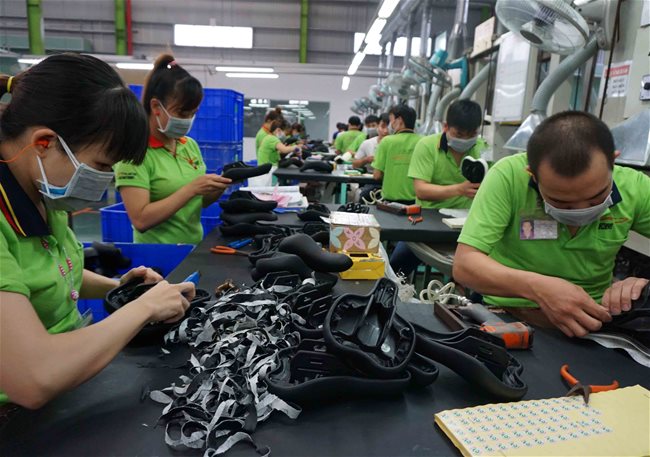|
which combines innovation with balanced development and the allocation of private, public, human and natural capital, should lie at the heart of Vietnam’s socio-economic development strategy for 2021-2030.
“Vietnam is one of the greatest development success stories of our time. The country, however, is now at a turning point where some of its traditional growth drivers are gradually weakening,” stated Ousmane Dione, World Bank country director for Vietnam. “To achieve its ambition to become a high-income economy by 2045, Vietnam must put the growth of productivity front and center of its economic model. In other words, it needs to grow not only faster but also better,” he added. Some of the forces that have propelled Vietnam’s growth are now declining. The country’s demographic dividend is fading and global trade is reducing, while other challenges such as pollution and the rise of automation are growing. Moreover, the Covid-19 crisis could be an accelerator of these trends. To thrive in such a changing environment, the World Bank suggested that Vietnam should strengthen its productive assets, giving priority to four areas: dynamic firms, efficient infrastructure, skilled workers and opportunities for all and a green economy. According to the report, encouraging competition and easing the entry and exit of firms will ensure the flow of resources to the most innovative and productive firms. This can only happen in a supportive business environment that guarantees access to finance, transparent regulations and legal protection. In terms of infrastructure, the country now needs to improve the efficiency and sustainability of infrastructure services including financing and operations and maintenance. Vietnam scores well on basic education but it will need to promote university and vocational-technical skills that are becoming even more important for a productivity-led growth model. Those facing barriers to enter the labor market including ethnic minorities should be provided with greater opportunities to boost both social equity and economic growth as the population ages and the labor force shrinks. Last but not least, sustainable development requires a more effective management of renewable natural resources such as land, forests and water; stricter pollution controls, including in major urban centers; and the mitigation of and adaptation to the inevitable growing impacts of climate change. SGT |
||
 In a recent report titled “Vibrant Vietnam: Forging the Foundation of a High-Income Economy”, the World Bank has suggested that a productivity-driven development model," itemprop="description" />
In a recent report titled “Vibrant Vietnam: Forging the Foundation of a High-Income Economy”, the World Bank has suggested that a productivity-driven development model," itemprop="description" />
